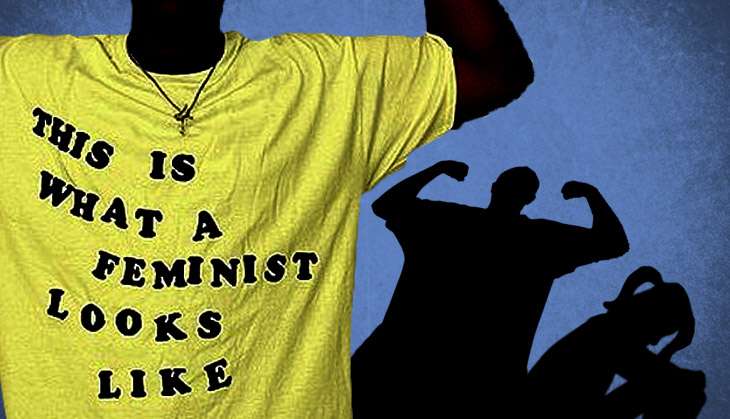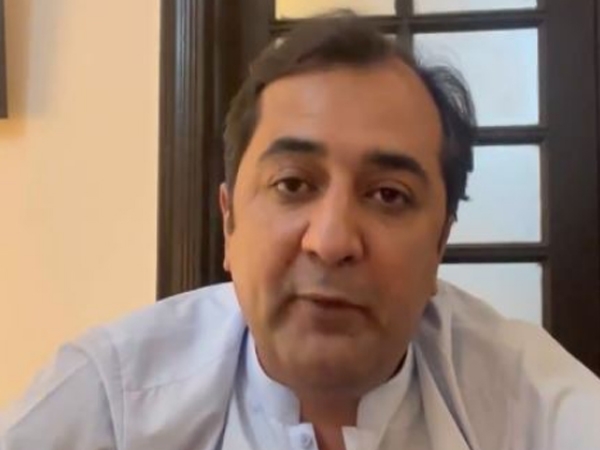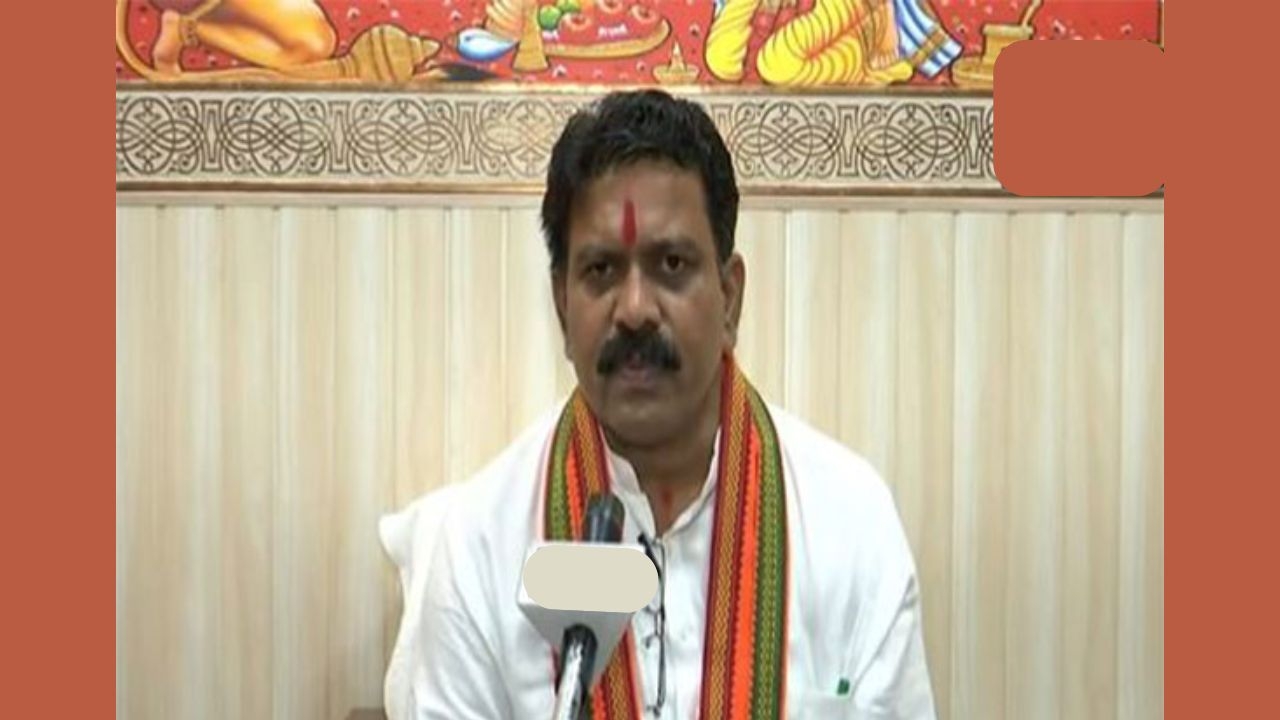Propaganda & women's rights: the debates on social media about triple talaq

A lot of people on social media have suddenly become champions of women rights, though it's good that practices like triple talaq (unilateral single sitting divorce) or the general socio-economic condition of Muslim women are at least being discussed widely, particularly because of the wider legal framework (of the Uniform Civil Code) and the electoral context of elections being due in three states.
The three common strains one hears in these debates from people who are trying to sell it as a gender-just step are: 'Look at the condition of Muslim women generally', 'Muslim personal law is misogynist and sexist in general' and 'look at BMMA, if they are demanding scrapping of the triple talaq, it's time we bring in a UCC '.
Also read - Opposition parties wary of talking about UCC as elections near
'Condition of Muslim women'
Looking at the condition of Muslim women 'generally', as per the NFHS-3, (2005-06), 'only 2.5% of Muslim women in India reported that their husbands had more than one wife', which is not very different for Hindu (1.7%) and Christians (2.1%), who are usually assumed to be monogamous.
Further, only about 1% of Indian Muslim men were found to practice polygamy, and this isn't a recent change either, with data from the 1961 census showing that the incidence of polygamy was the least among Muslims, with just 5.7% of the community likely to practice it while practice of polygamy among Hindus actually stood higher at 5.8%, and tribals higher still and highest at 15.25%.
Divorce and separation
More so, Census 2011 also reveals that "5.5 in 1,000 Hindu couples tend to get separated, including cases of wives being abandoned by husbands, though the rate of divorce among Hindus is 1.8 per 1,000", making the total of legal divorce and extra-judicial separation rate 7.3 per 1000, while the rate of annulment of marriage among Muslims stands at 5.63, indicating an over-hype around polygamy figures.
Fertility
In terms of fertility, "while the Muslim share in population has increased, their 10-year growth rate has shown a sharp decline between 2001 and 201, indicating a progressive change in fertility parameters. In 2001, Muslims constituted 13.4% of the country's population; this went up marginally to 14.2% (an increase of 3.4 crore), while the Hindu population increased by 13.9 crore during 2001-11".
Sex ratio
The largely underplayed factor, however, is the 'sex-ratio', where sex ratio among Muslims as per Census 2011 was 951 (better than the 939 among Hindus) and was found to have improved significantly over the decade (from 936 in 2001 to 951 in 2011, compared to a smaller improvement among Hindus; from 931 in 2001 to 939 in 2011).
Crime and punishment
As per the national crime bureau's records too, dowry deaths (Sec. 302, 304B IPC) (Incidence 8,383 Rate 0.7) and torture (Cruelty by Husband & Relatives) (Sec. 498-A IPC)(Incidence 89,546 rate 7.7) remain high and have been steadily growing, both over the year and on decadal basis among all communities, besides other crimes including rape, molestation and dowry-harassment, the incidence of which have been reported to grow sharply and consistently over the last quarter decade.
Wage rates
In terms of labour market inequality, Following Madheswaran and Khasnobis (2007), decomposing the gross wage differentials using Oaxaca, Reimer, Cotton and Neumark method, the discrimination coefficient in regular labour market has been found to vary from 62.8% in 1983, 68.6% and 80.5 percent in 1999-2000 across the educational spectrum.
Amitabh Kundu and PC Mohanan (2010) also show that "only a small part of the total women employment is in the formal labour market. Close to half of the rural women workers are helpers or unpaid workers in family run enterprises. Among urban women, this figure is close to one quarter".
Following Kamala Sankaran (2013), "The differences of wage rates between men and women and also wage rates across employments bring into focus the limitation of one of the few labour laws that applies to domestic workers: the Equal Remuneration Act (ERA), 1976 and that despite the Act and Section 39 (d) of the Constitution, which mandates 'equal pay for equal work', significant differences persist' and this goes for all women across communities.
Food consumption
In terms of nutritional deprivation, following Meera Chatterjee and Julian Lambert (2009), "Looking at the National Nutrition Monitoring Bureau (NNMB) data on household and individual food consumption, and individual nutritional status (judged by anthropometric and clinical indicators) in India, during the late 1970s and early 80s in ten major states of the country on a sample basis, in a representative year 41% of households were 'calorie inadequate' in the national aggregate, and 19% were short of both calories and protein (NNMB, 1980).
The Indian NNMB data also reveal that girls in the 13-16 year age-group consumed much less than boys, and only two-thirds of their recommended calorie intakes. While 16-18 year-olds fared slightly better than boys, they were still consuming much below their prescribed dietary requirement.
Looking forward
This means all the energy and adrenaline that we are seeing pumped into the triple talaq issue would instead serve the cause of women better if used to enquire into the educational, nutritional, and work-force participation and work conditions of 'all' women in the country, while it may be in fact a good idea to look into the reasons for concentration of Muslim Women in self-employment in the wider context of access to education and Indian labour markets in general.
An unjust law
Addressing the second question on the Muslim personal law (MPL) being sexist and gender-unjust, there can be no denying the fact but then to single out the Muslim personal law is as unjust and unfair. All personal laws are gender-unjust and based on deeply patriarchal norms and notions, with forms of oppression and inequality varying only in degree and not in spirit.
All personal laws, be it the MPL or the Hindu Succession act, therefore need to be criticised, condemned and reformed in a fair and just way, without an undue majoritarian demonisation or singling out of any one of them.
By its very design, any Uniform Civil code that supersedes personal laws is obliged to take in the best and most just principles of all personal laws. Nivedita Menon wrote in The Hindu: "Since the Muslim marriage as contract protects women better in case of divorce than the Hindu marriage as sacrament, all marriages would have to be civil contracts. Mehr, in Muslim Personal Law, paid by the husband's family to the wife upon marriage, is the exclusive property of the wife and it is hers upon divorce, offering her protection Hindu women do not have, the Uniform Civil Code would make the practice of mehr compulsory for all while abolishing dowry".
How open the right-wing proponents of a UCC would be to the idea can be used as litmus test of their commitment to gender-justice.
The BMMA's demand
As for the BMMA's demand and survey data of over 90% of Muslim women demanding a ban on triple talaq, I bet the numbers would be higher but for a lack of clarity on how the purported ban is supposed to be implemented. If the ban means a unilateral over-riding of the Muslim personal law by a majoritarian 'Hindu' Civil Code, it will certainly not be a step towards gender-justice, as the AIMPLB fears, and would only serve to curtail the religious liberties of Muslims singularly.
If, however it means a uniform codification of all personal laws in line with the spirit of article 14 of the Constitution and comes through fair and transparent means of uniform reform of all personal laws, including scrapping of privileges like the Hindu joint family tax-benefits, it should be welcome irrespective of the regressive rhetoric of the AIMPLB.
Finally, though the subordination of the individual in any society is necessarily a function of how a society is structured and divided in class-terms, undermining the role of super-structural elements like patriarchy - especially in the context of subordination of women in a multi-cultural and communally-plural society like India is essentially an over-simplification of both, the spirit and degree of complexity of the question.
Though the choice between combating sexism or communalism/racism is a difficult one, the condition of Muslim women in India cannot be studied in isolation or without reference to the wider socio-economic condition of all women in the sub-continent and any informed debate on the subject needs to look at much else beyond the questions of triple talaq or polygamy and beyond the impulses of propaganda and reactionary politics.
Edited by Aleesha Matharu
More in Catch - What exactly is the Uniform Civil Code in India? Here's your guide
Uniform Civil Code: India's coercive search for a common code
First published: 20 October 2016, 7:29 IST





![BJP's Kapil Mishra recreates Shankar Mahadevan’s ‘Breathless’ song to highlight Delhi pollution [WATCH] BJP's Kapil Mishra recreates Shankar Mahadevan’s ‘Breathless’ song to highlight Delhi pollution [WATCH]](http://images.catchnews.com/upload/2022/11/03/kapil-mishra_240884_300x172.png)

![Anupam Kher shares pictures of his toned body on 67th birthday [MUST SEE] Anupam Kher shares pictures of his toned body on 67th birthday [MUST SEE]](http://images.catchnews.com/upload/2022/03/07/Anupam_kher_231145_300x172.jpg)






